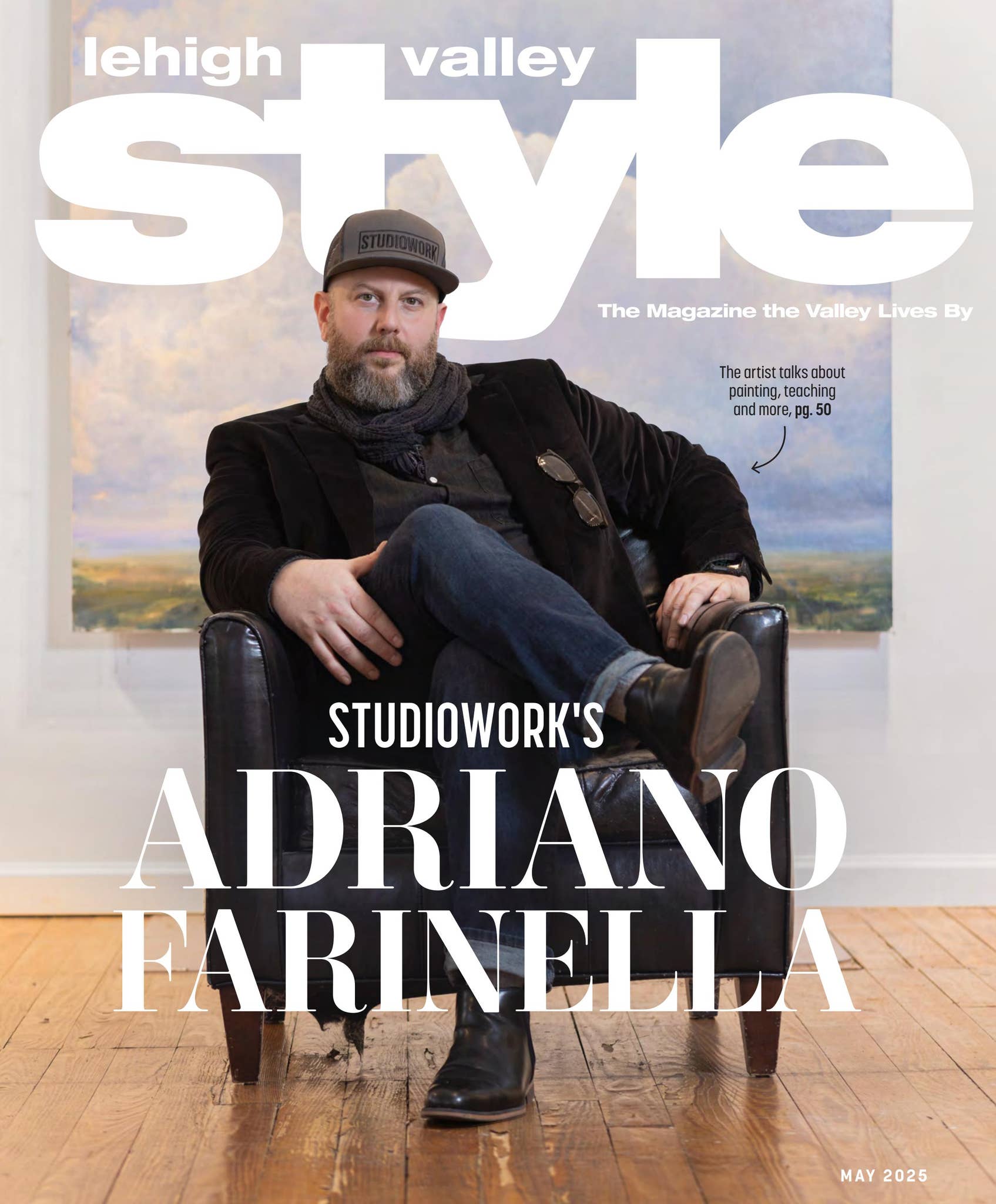Whether you're selling or staying, professional home stager and owner of Spun Design Amy Bloom Coleman shares her expert advice for making a space look and feel its best.
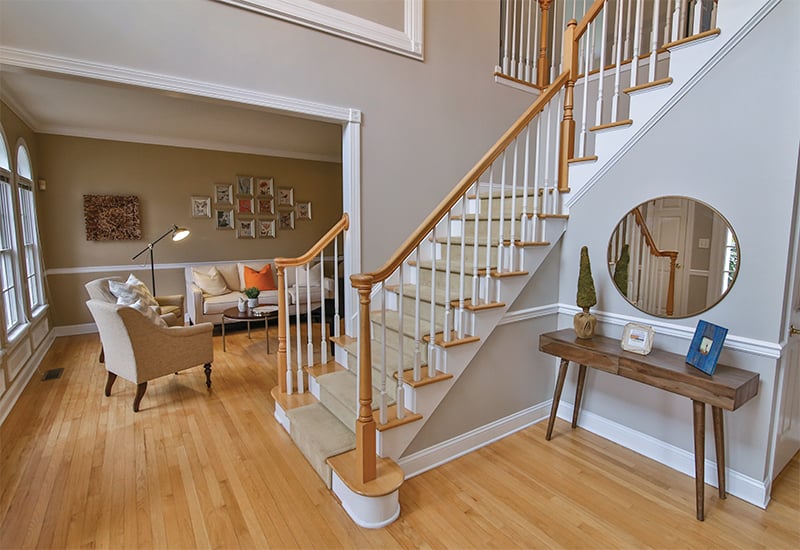

Bloom Coleman says one should never try to sell an empty home—stage it! “People want to see a cozy home,” she explains. Can you see yourself quarantining here? is the new question she says people are asking.


Do focus on cozy versus big. Paint your room, she says—it's not going to shrink in size, but it will make it cozier.
Don't be afraid to try different colors. (Although, Bloom Coleman says Sherwin-Williams' “Agreeable Gray” is here to stay!)
Do consult a designer before embarking on something major like an accent wall.
Don't go crazy with a color, she advises. Avoid buying blue pillows to go with your blue rug to go with your blue curtains. Bring in the opposite color on the color wheel—in this example, some orange! (The same advice rings true for décor—there's no need for an entire under-the-sea, nautical theme. “Do one starfish,” she says.)
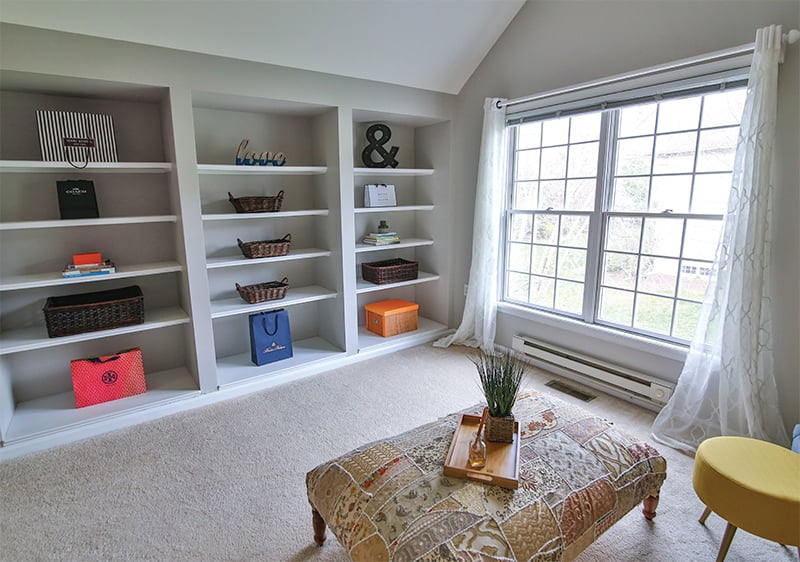
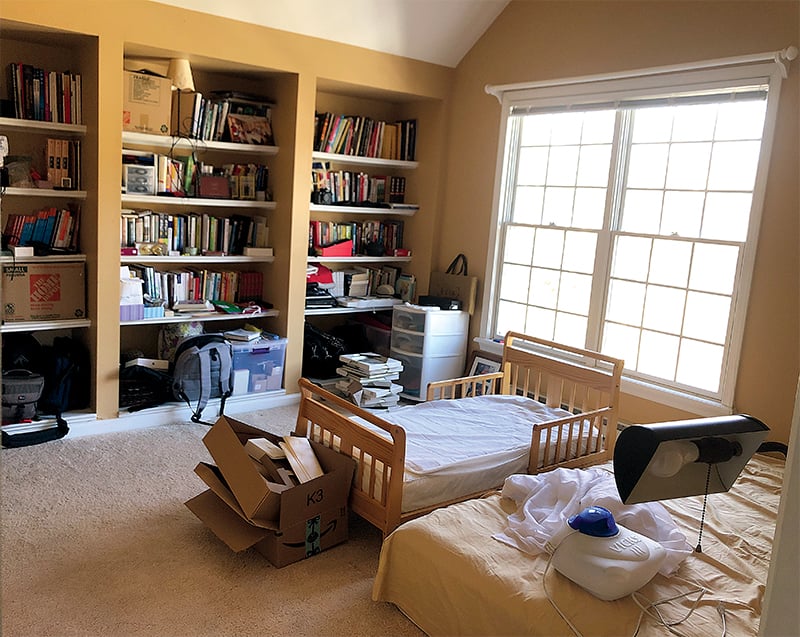

According to Bloom Coleman, one can't begin designing or staging without decluttering. Her strategy for removing clutter? She asks her clients if their kids would want a particular item someday. If they say no, it goes. If they say yes, the kids have to take it or toss it.
Having trouble parting with a closet full of clothing? She recommends cashing in your fashion at Designer Consigner.
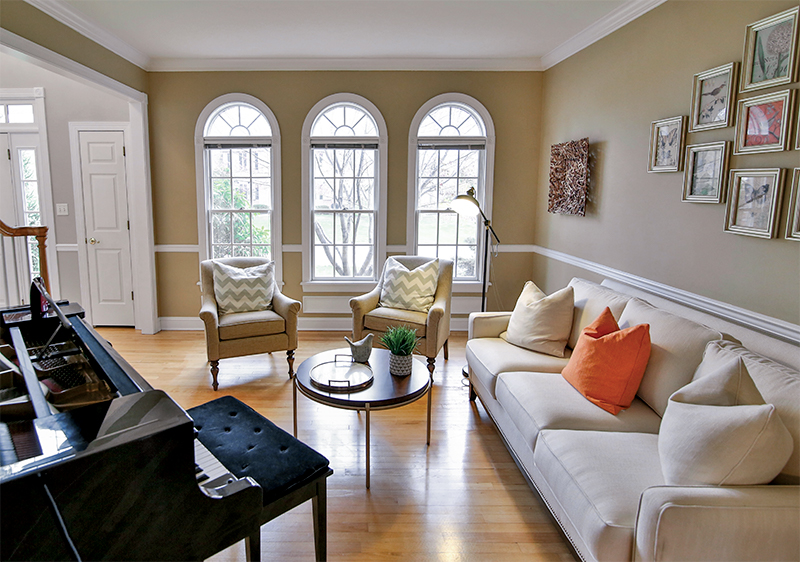

Do designate a special spot in storage where you can house even the most important items. This allows you to have fun with pulling something back out and exchanging it for something else. This way, nothing becomes stale, says Bloom Coleman.
Don't depersonalize your home, even if you're selling it. You can leave one or two photos out—buyers like to see it, she says.
Do shop your own home. Moving an item from one room to another can change the entire feel!
Don't put your final accessories out until your home is complete—otherwise, you may end up making a design decision based on something that doesn't matter (like a picture on the wall!).


Splurge on good lighting. Bloom Coleman recommends Bright Light Design Center in Allentown.
Save on flooring. If it's in good enough shape, you can make anything work. “People's eyes go straight ahead to furniture,” she says. “Not up or down.” If you're looking to cut costs, Bloom Coleman recommends Luxury Vinyl Tile (LVT)—it's half the price and great for selling or staying.
Splurge by swapping out your three-inch builder-grade bottom trim for five-inch trim.
Save by spicing up the furniture you already have by rearranging your own stuff.
Splurge on good pillows. Bloom Coleman says to never use the ones that come with the couch. “Go to Gail Gray,” she says.
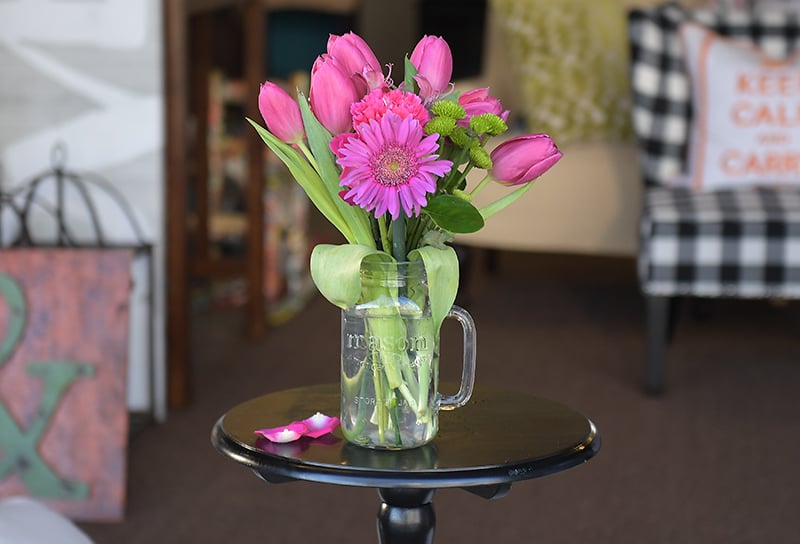
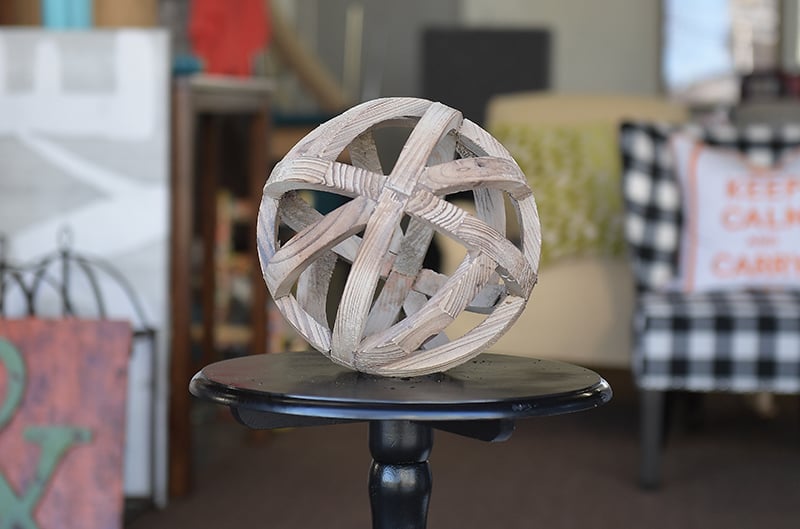
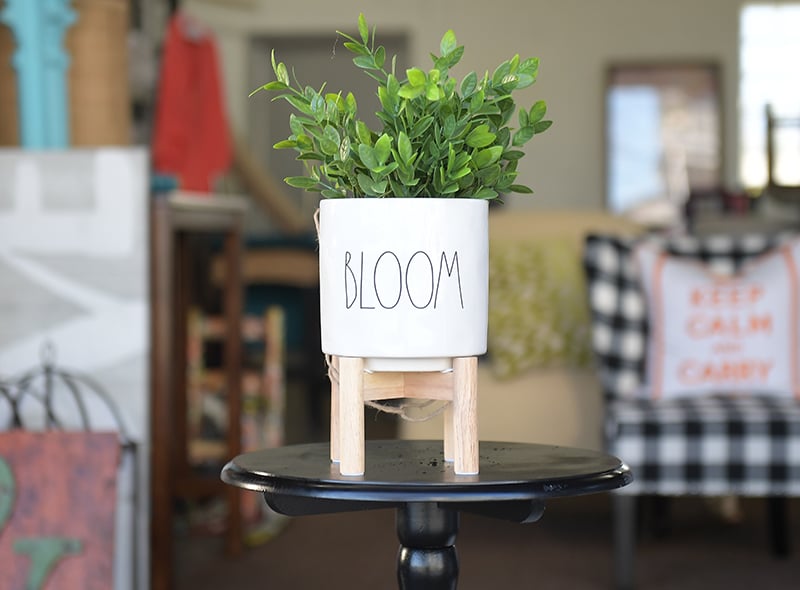

Bloom Coleman recommends you promote the same freshness of a hotel by:
Purchasing a new duvet cover for your bed along with clean white towels and brand-new soaps for your bathroom. (And put your toothbrushes away!)
Cleaning your windows—it's the first thing visitors see.

Of course, no one actually knows if their home smells. Bloom Coleman recommends that the second you decide to list your home, leave your air conditioning on and your windows open all day, every day—this means rain or snow. “The only time you don't need to leave your windows open is if it's raining sideways,” she explains. Bloom Coleman also suggests using bleach and some lemon on your window trim.

When decorating or decluttering, use the magic number three. This applies to plants, photos, art, etc. If you can't use the rule of three, at least stick with an odd number.
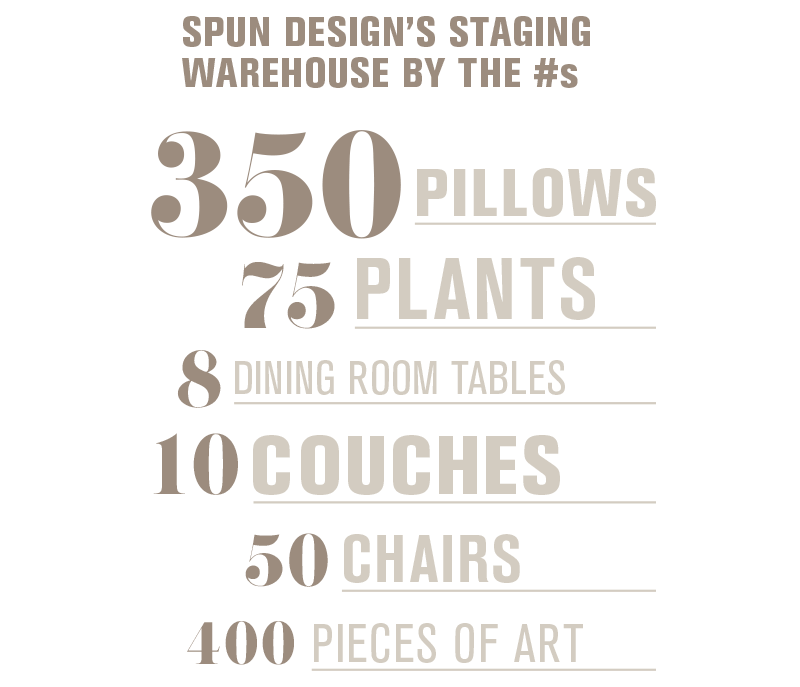

The Universal Like
Whether you're selling or staying, you want anyone who walks into the home to love it, from your son to your mother-in-law. Spun Design specializes in The Universal Like. Bloom Coleman gives the example of a farmhouse—if she's staging a farmhouse, she is not going to put a traditional farmhouse table in it. Instead, she'd choose a contemporary table to bring both styles together and achieve The Universal Like.
Museum Level
When hanging photos or art, avoid placing them too high. Bloom Coleman says they should be at museum level, which is eye level for a 5'6” person.
Bus-stopping & the Goldilocks Zone
Bloom Coleman says that bus-stopping refers to shoving furniture up against walls to make the room look big. This is a big no-no. Instead, she suggests finding your Goldilocks Zone, which is designed for conversing.
Bring your furniture together; it should be a maximum of eight feet apart and a minimum of four feet apart.


1. The first impression is what the buyers see when driving up to a home; this is also known as “curb appeal.”
2. The second impression is what buyers notice when the realtor is fussing with the lockbox and they have a moment to look around. (According to Bloom Coleman, the lights at your front door and your house numbers matter because of this impression. It's what she calls the “eye candy”!)
3. The third impression includes the things that buyers instinctively care about upon entering the home. For the wife, this is typically the kitchen and the master bedroom; for the husband, this is typically the garage and basement, she explains.
4. The fourth impression is everything else—the rest of the house.
5. The fifth impression includes the things that need work but the buyers don't notice right away, because they are already sold.
Bloom Coleman says it's important to get the buyers at the first impression and close them at the third impression—by the time they get to the fourth and fifth impressions, it doesn't matter! They already love it.







